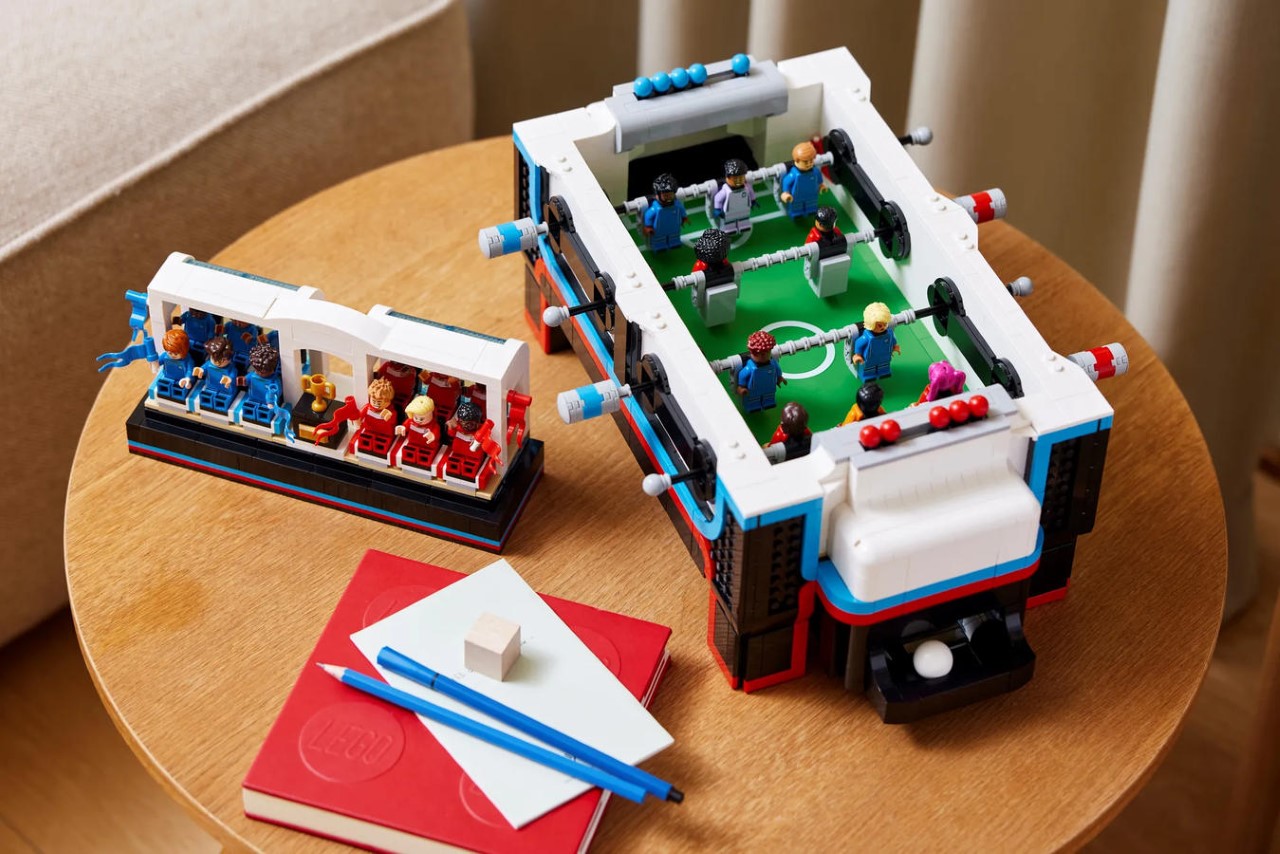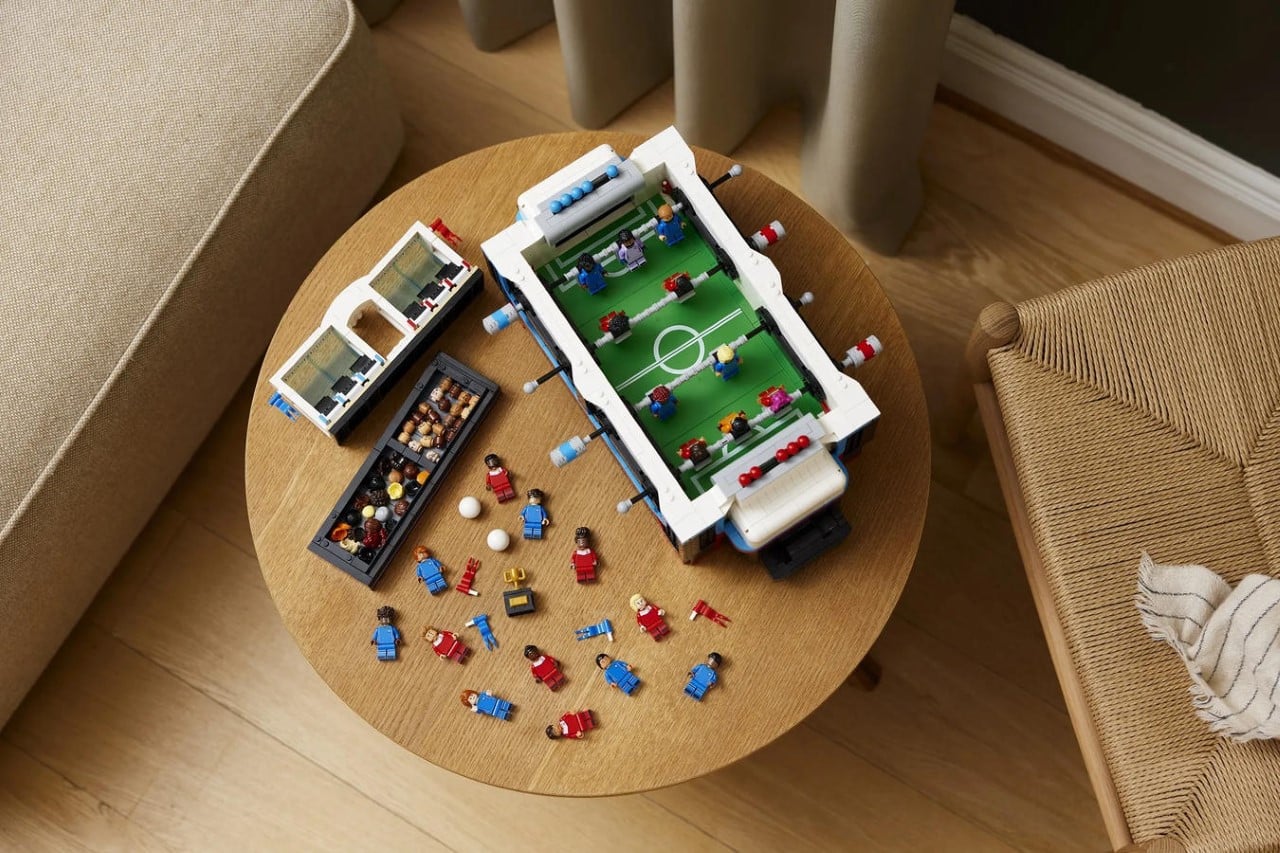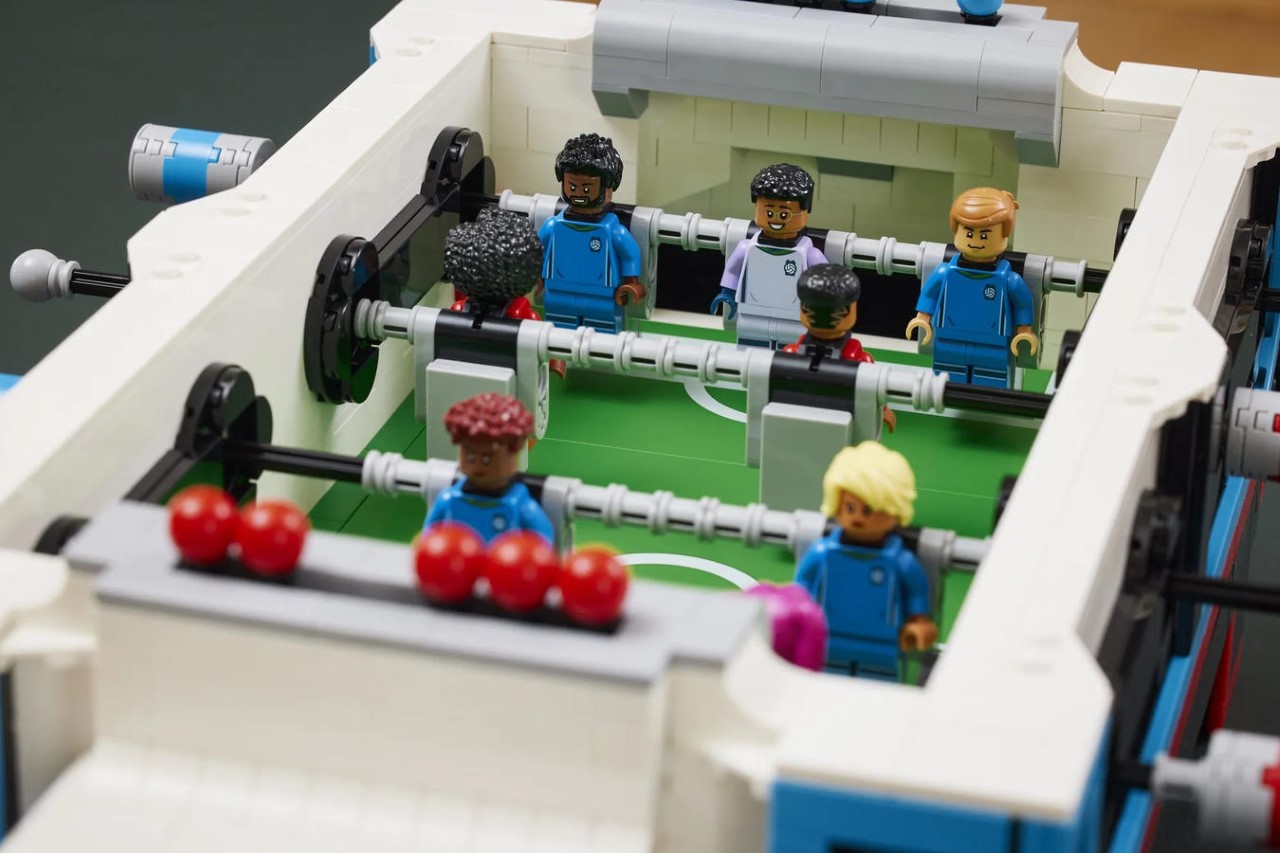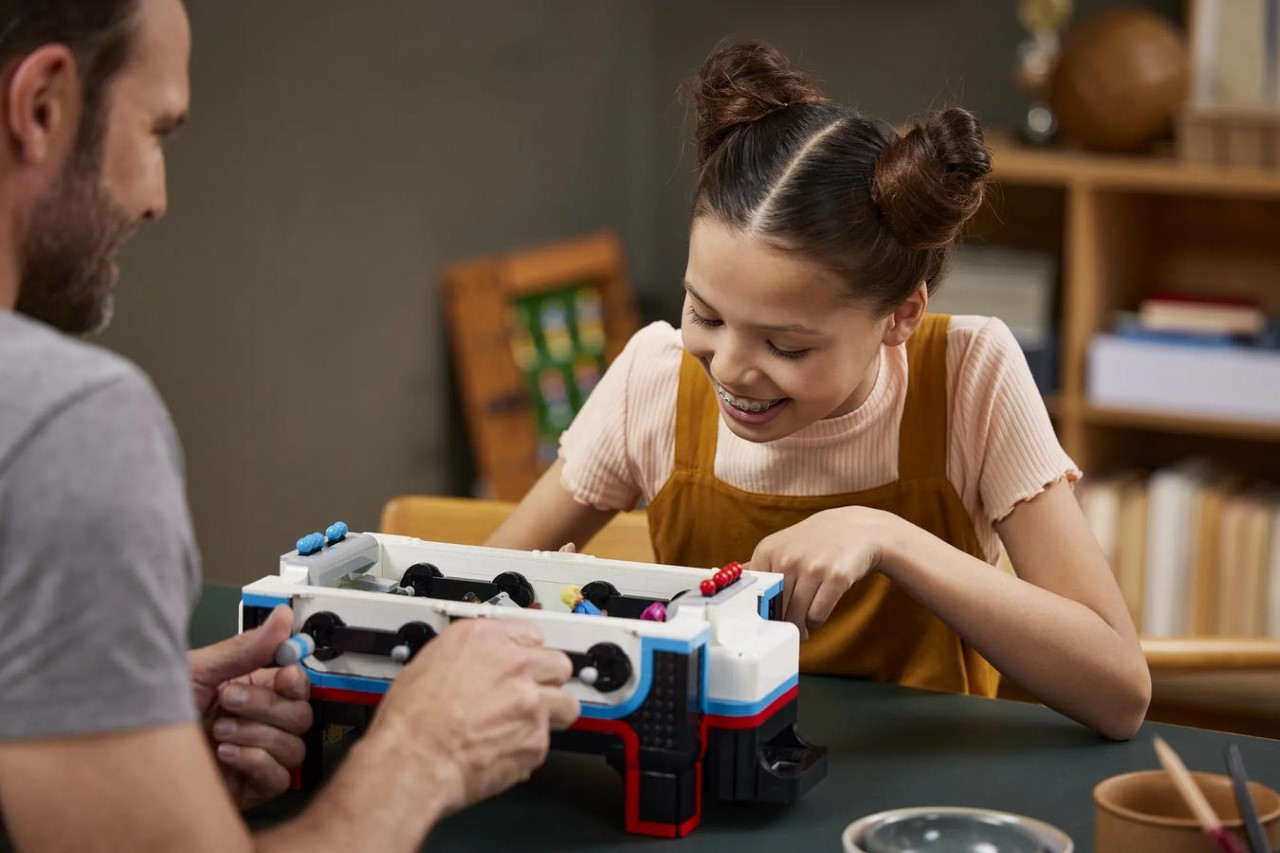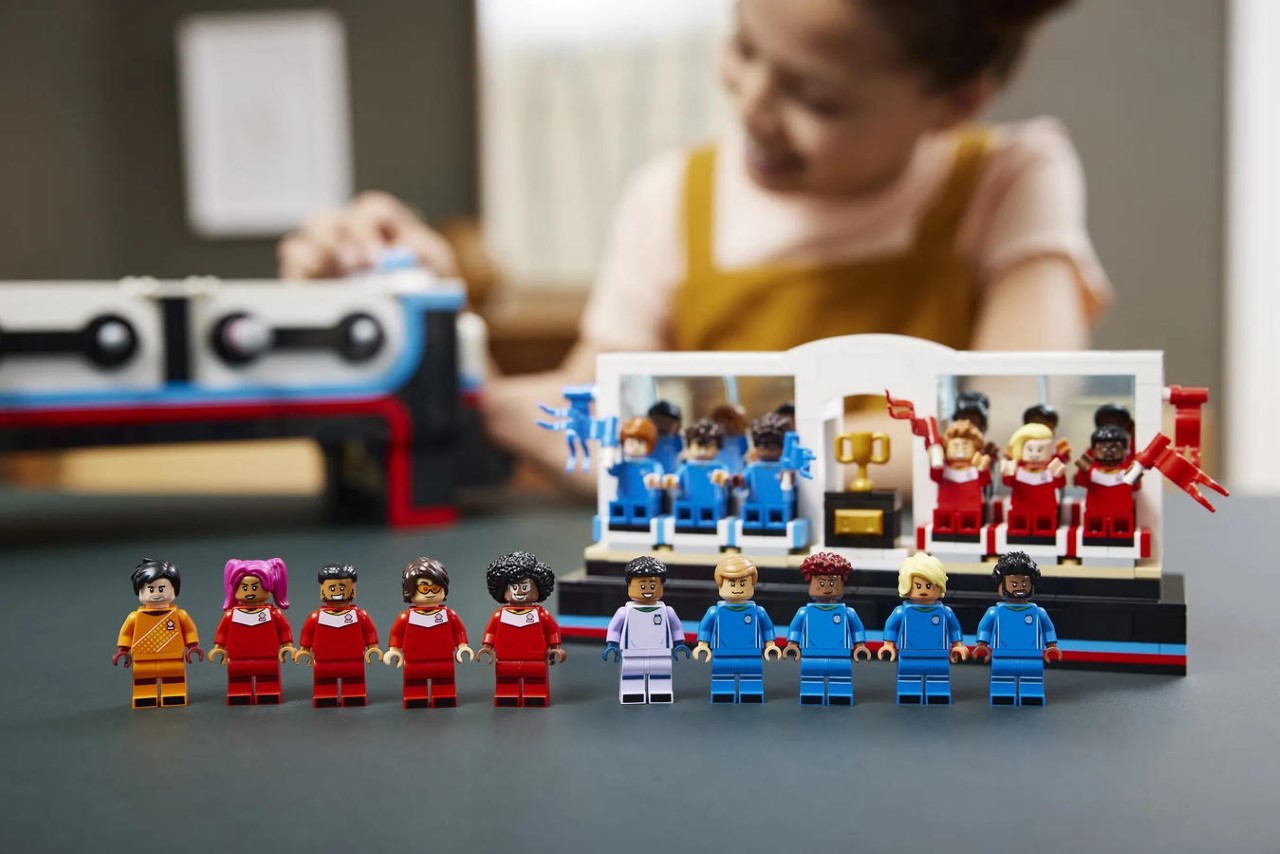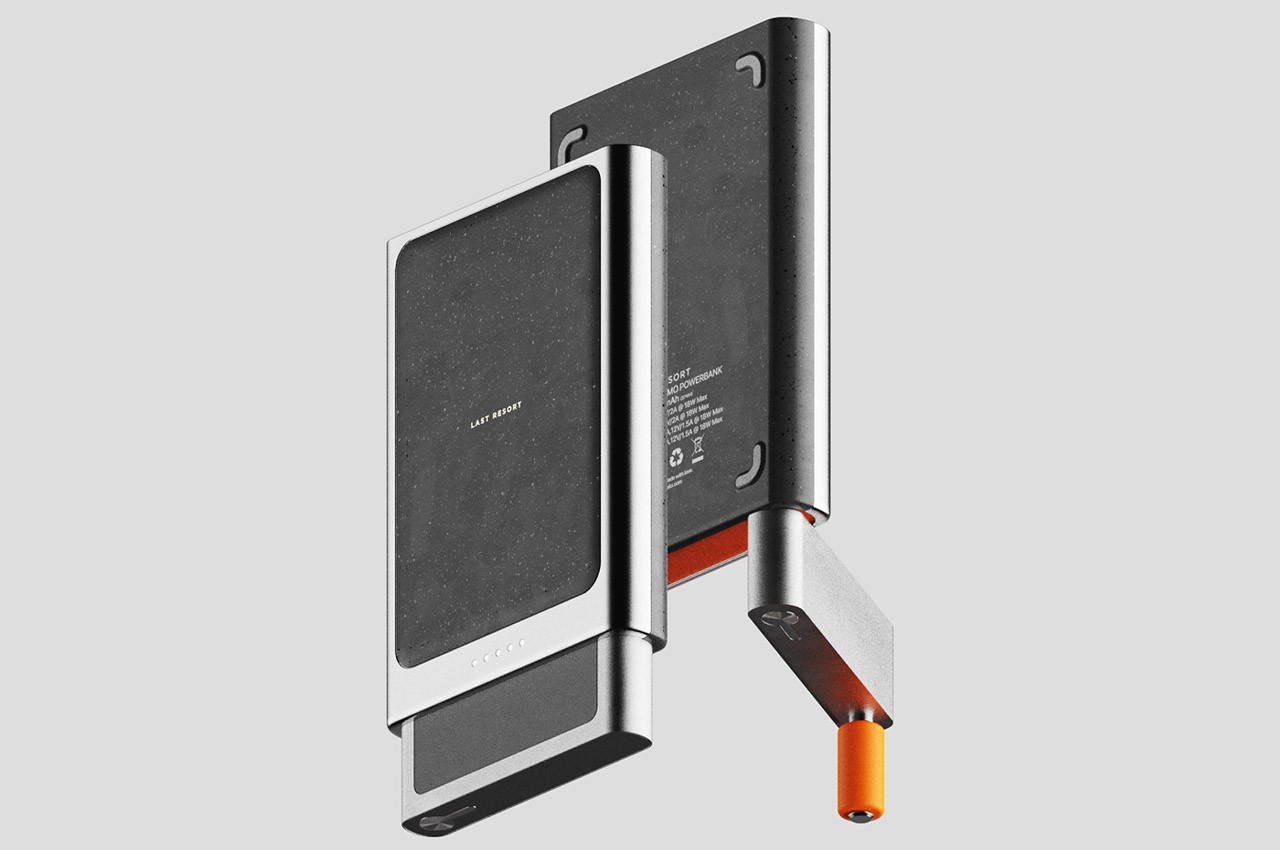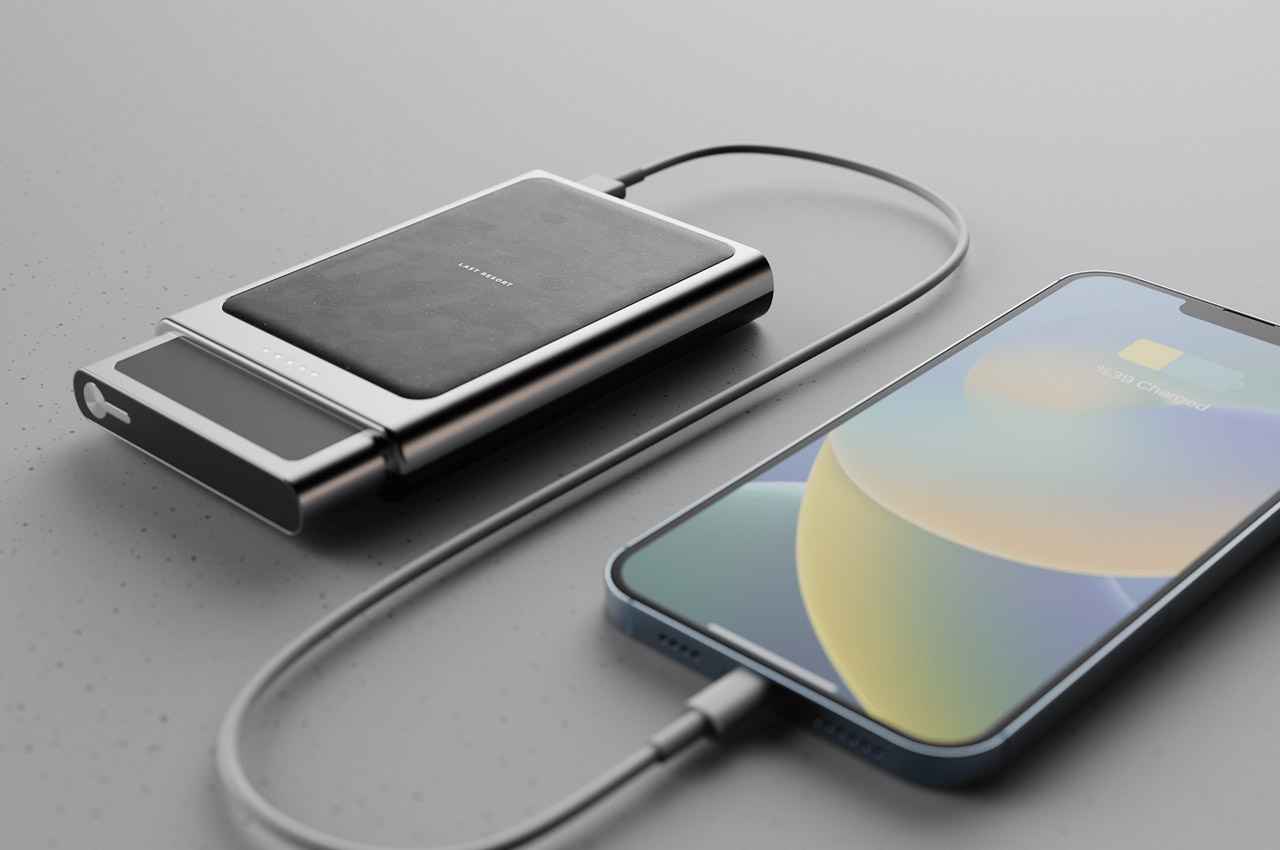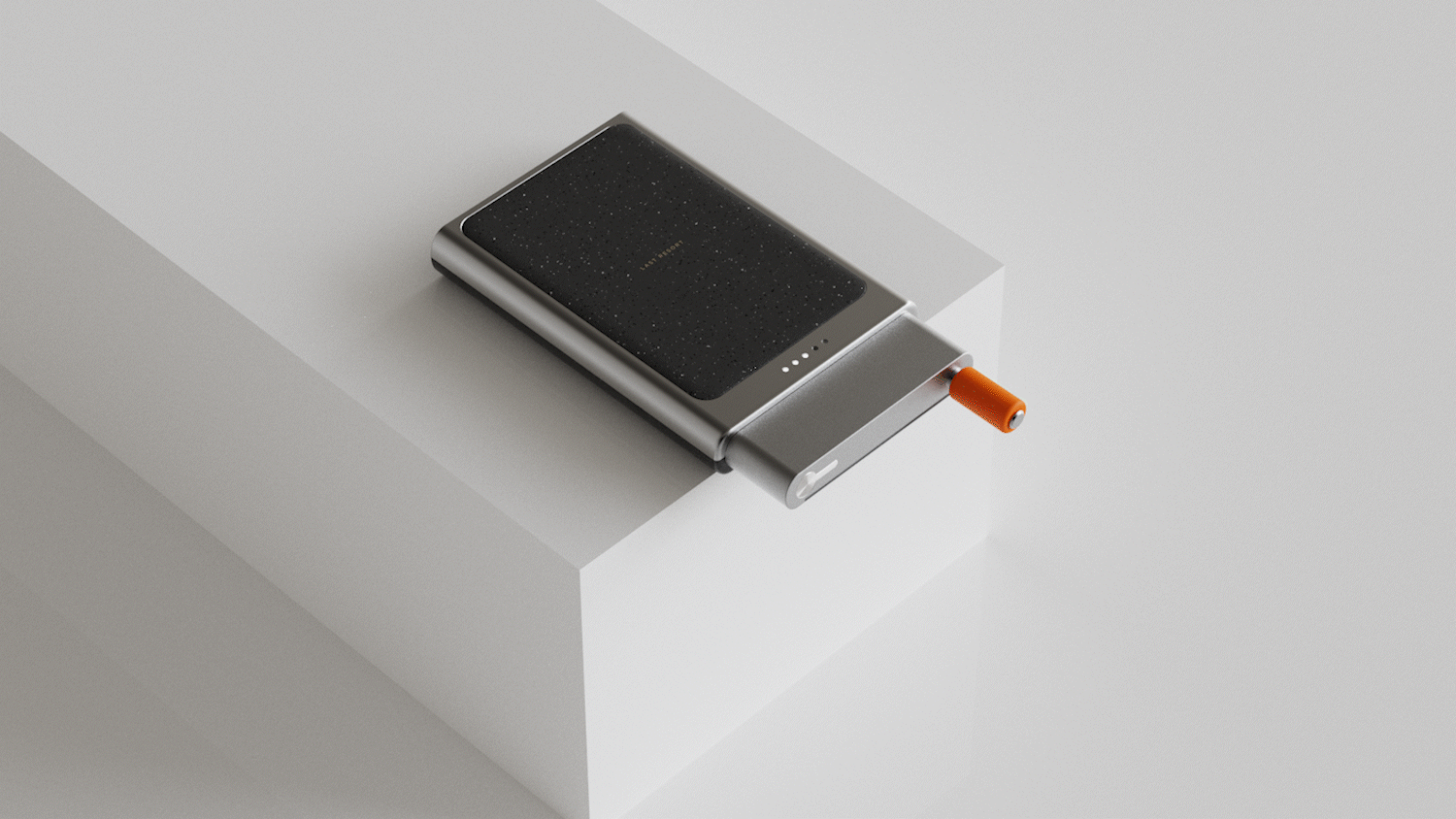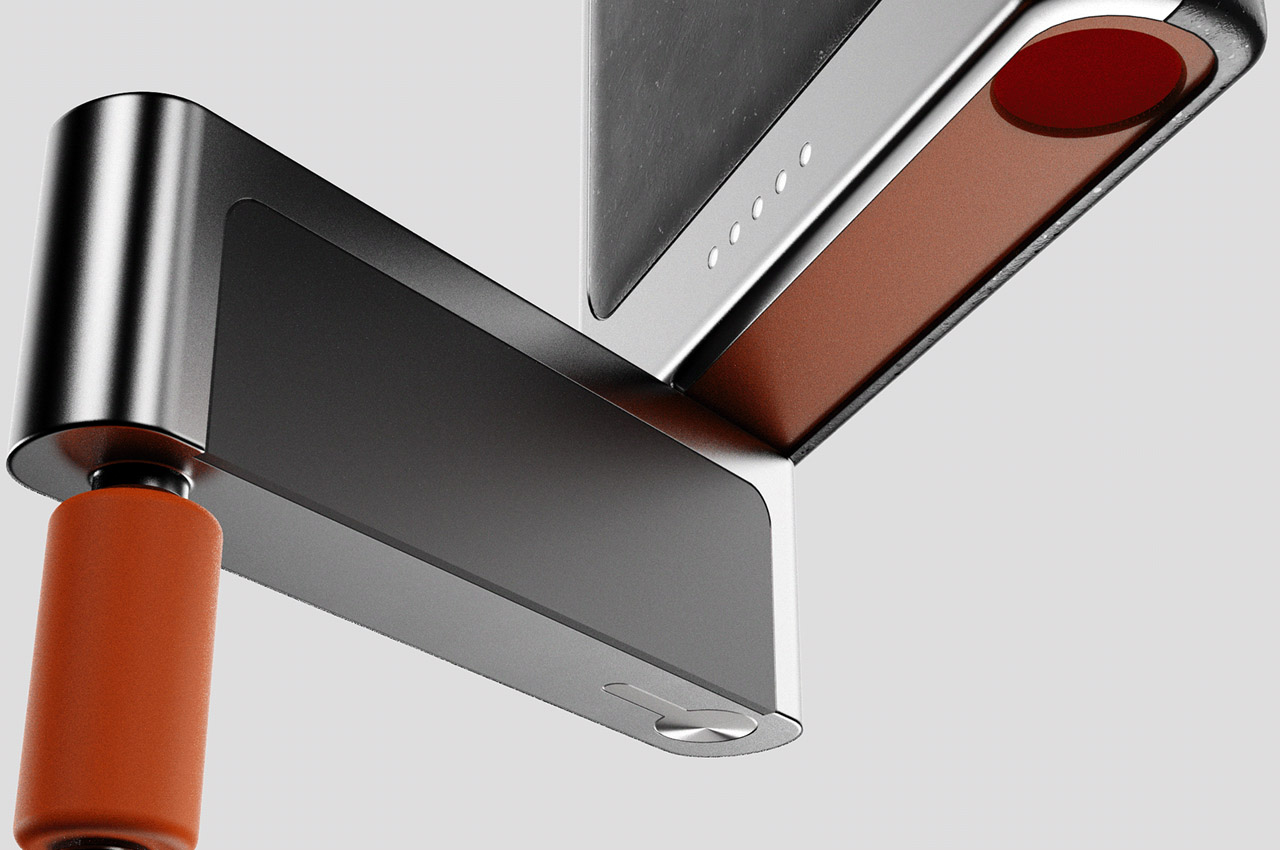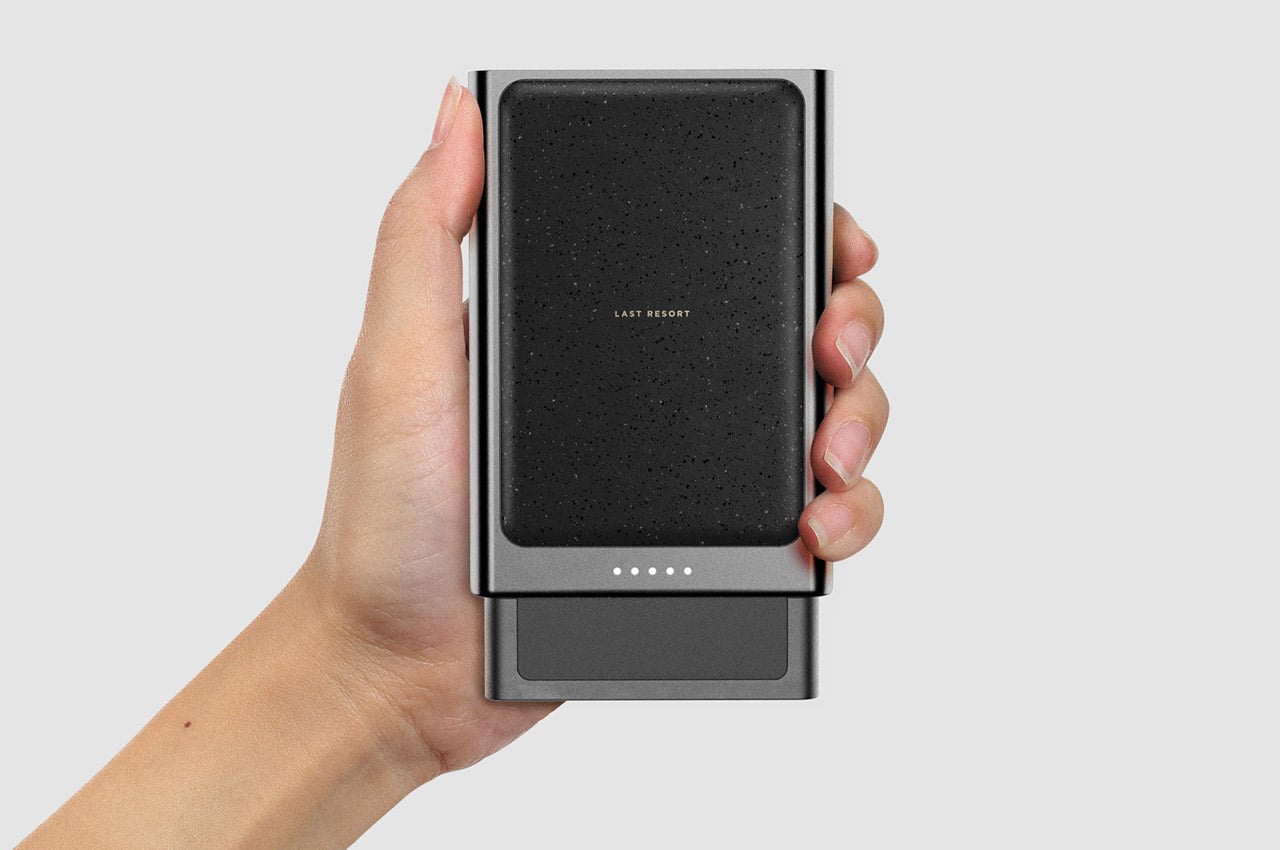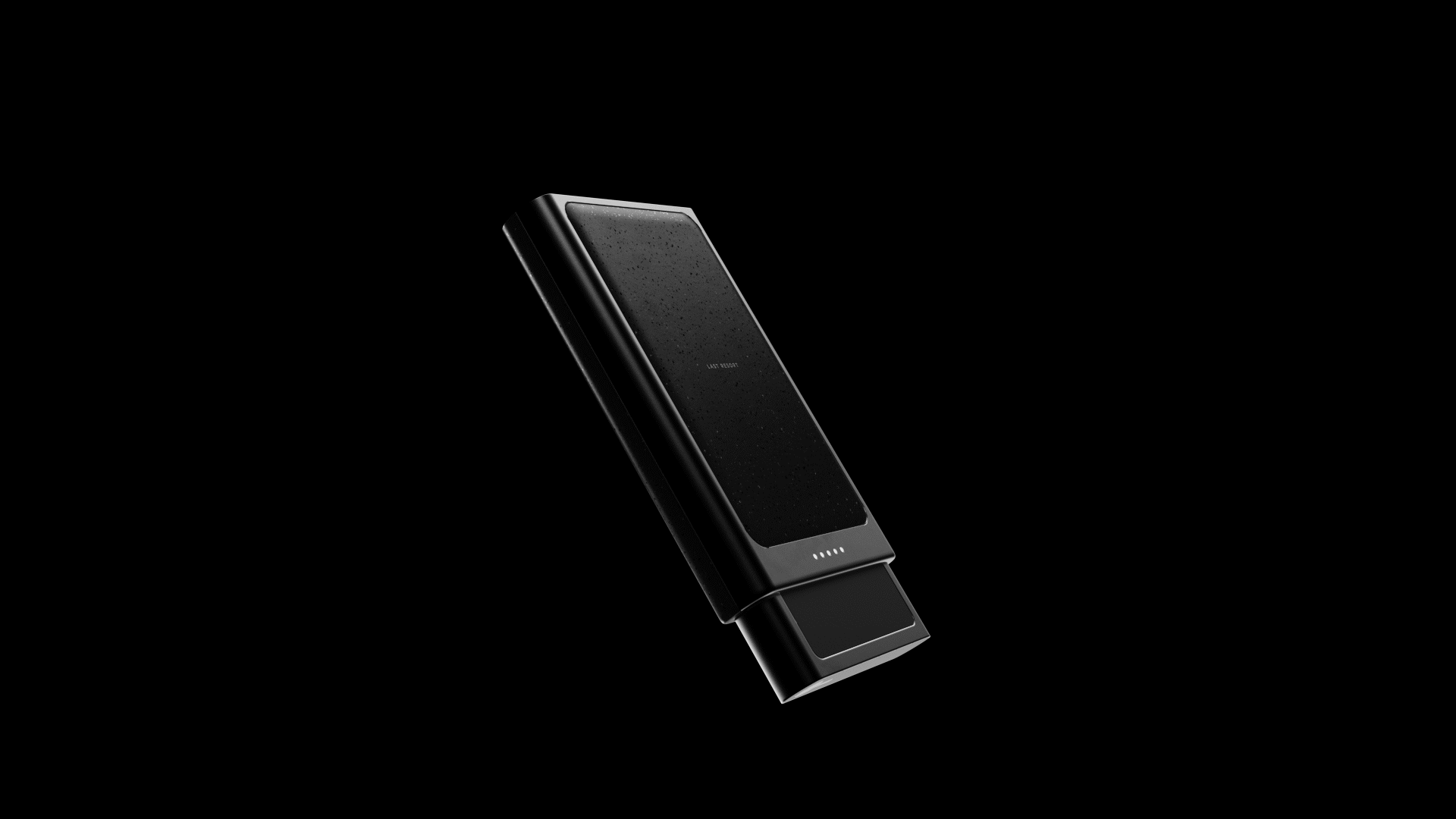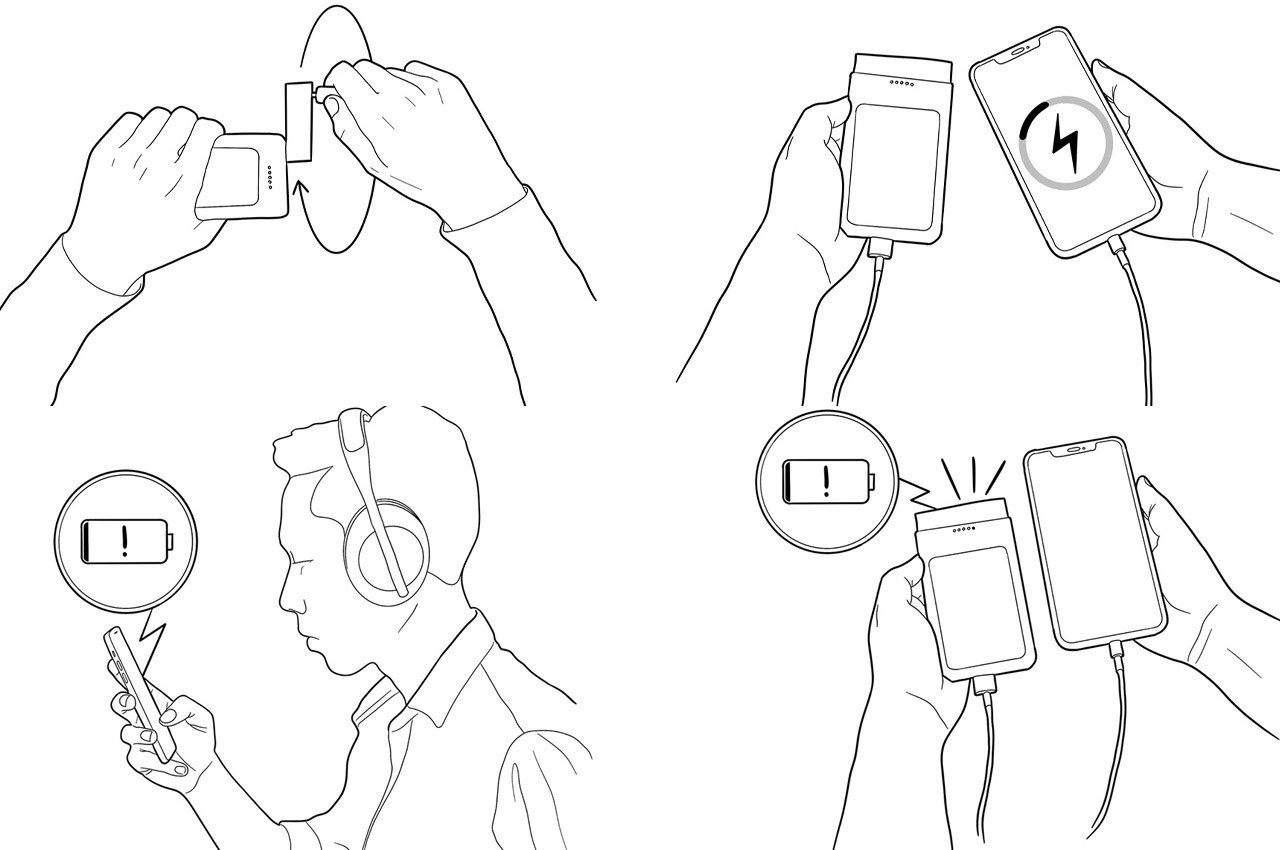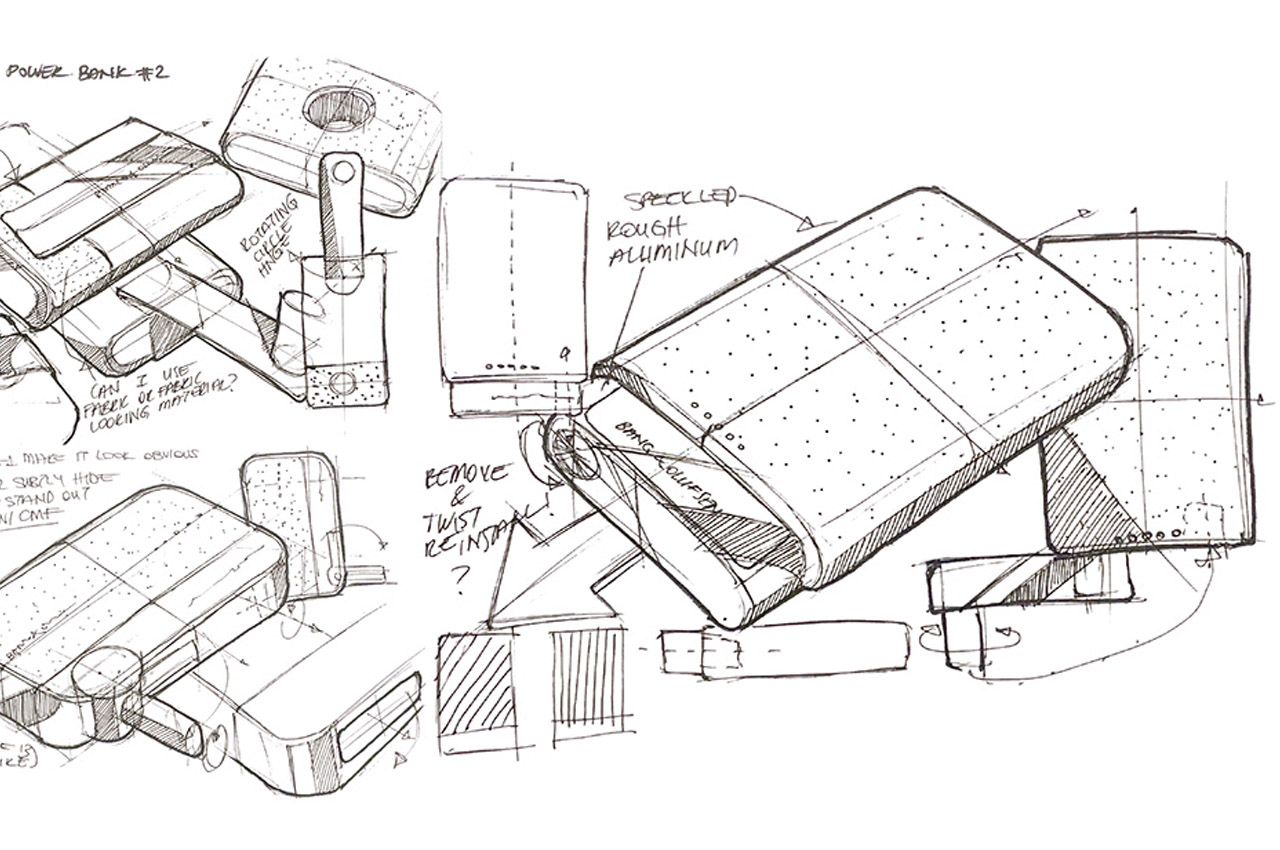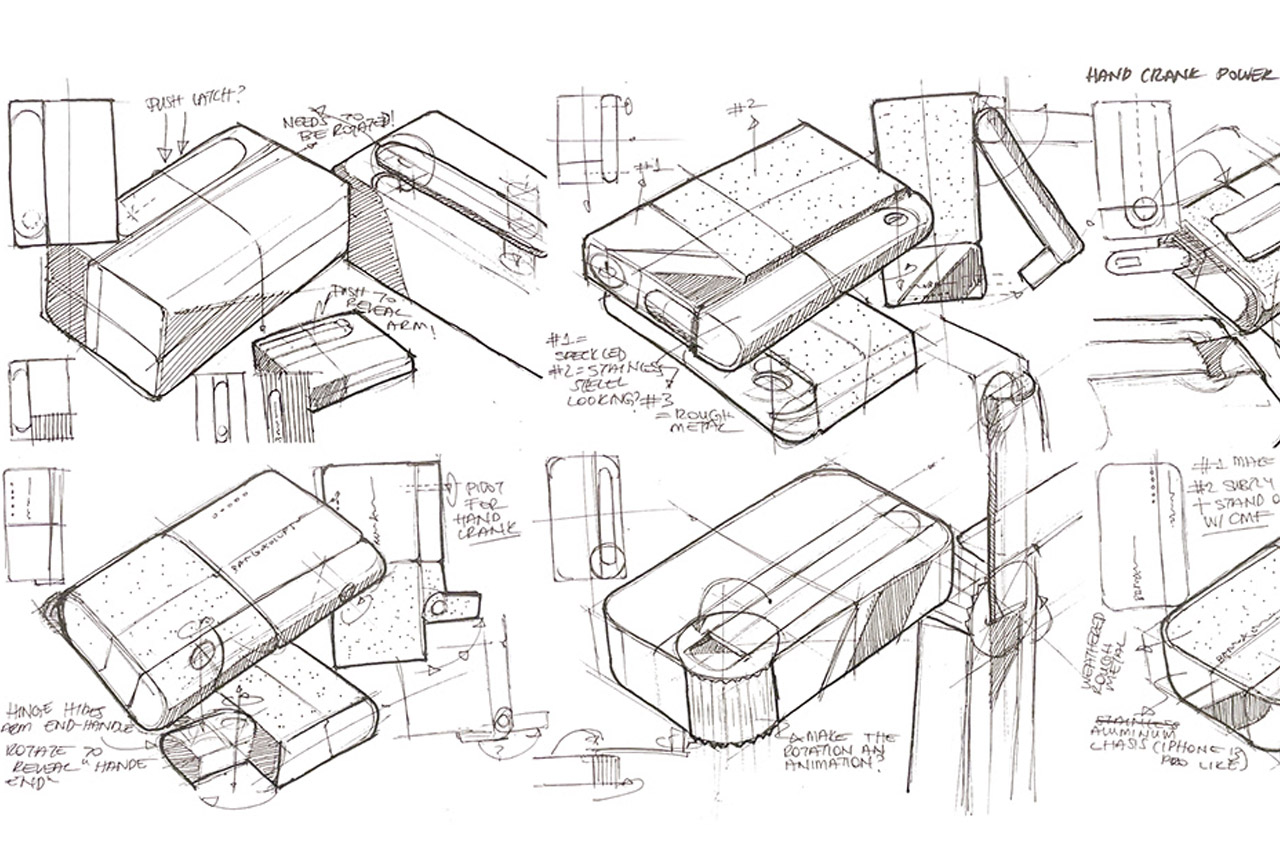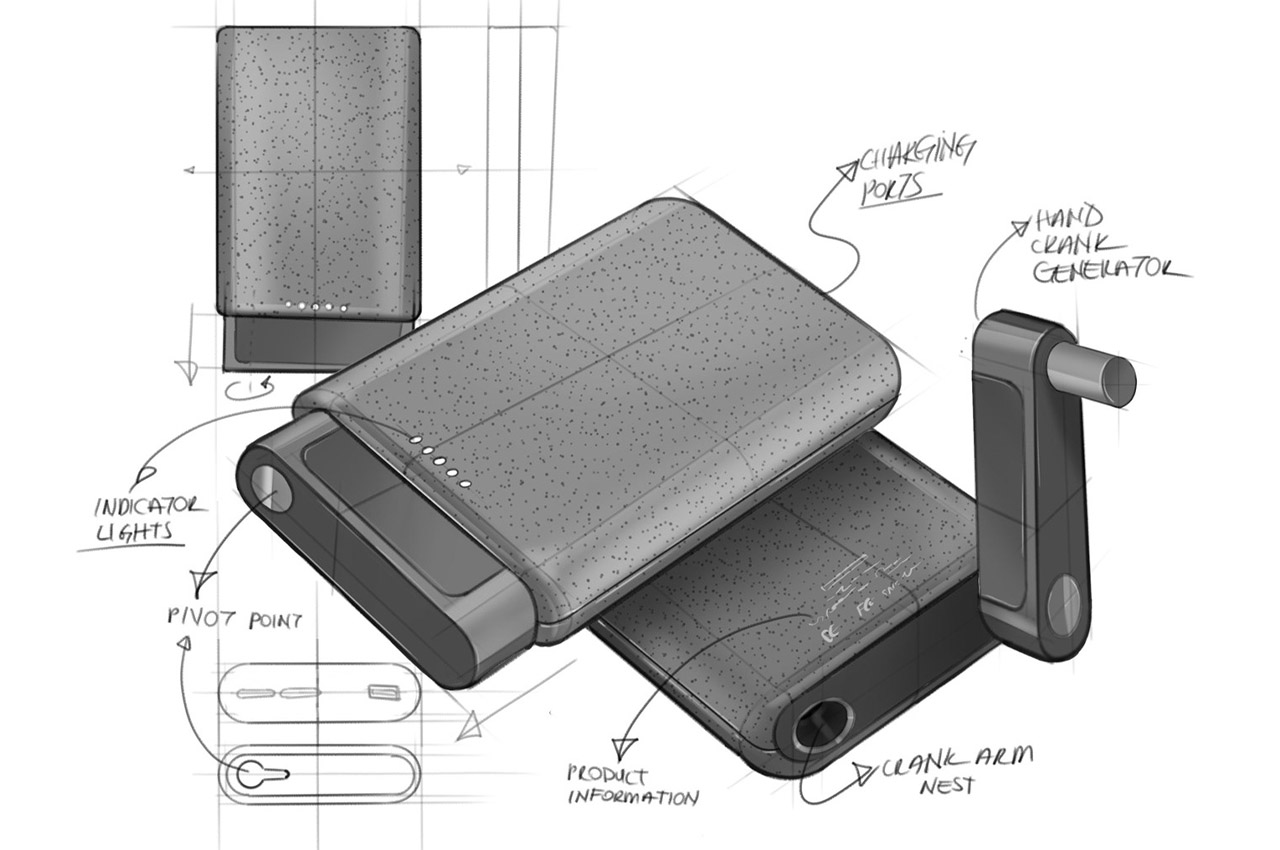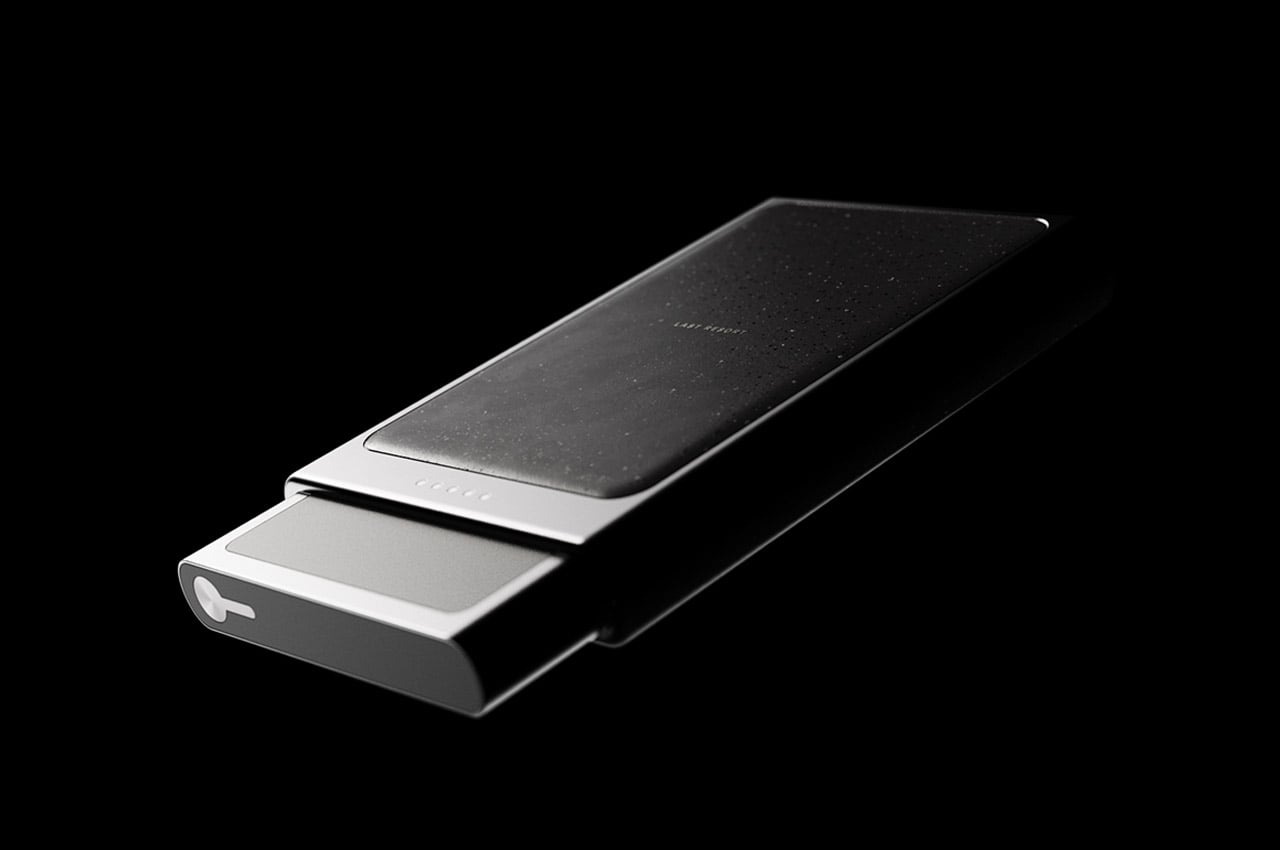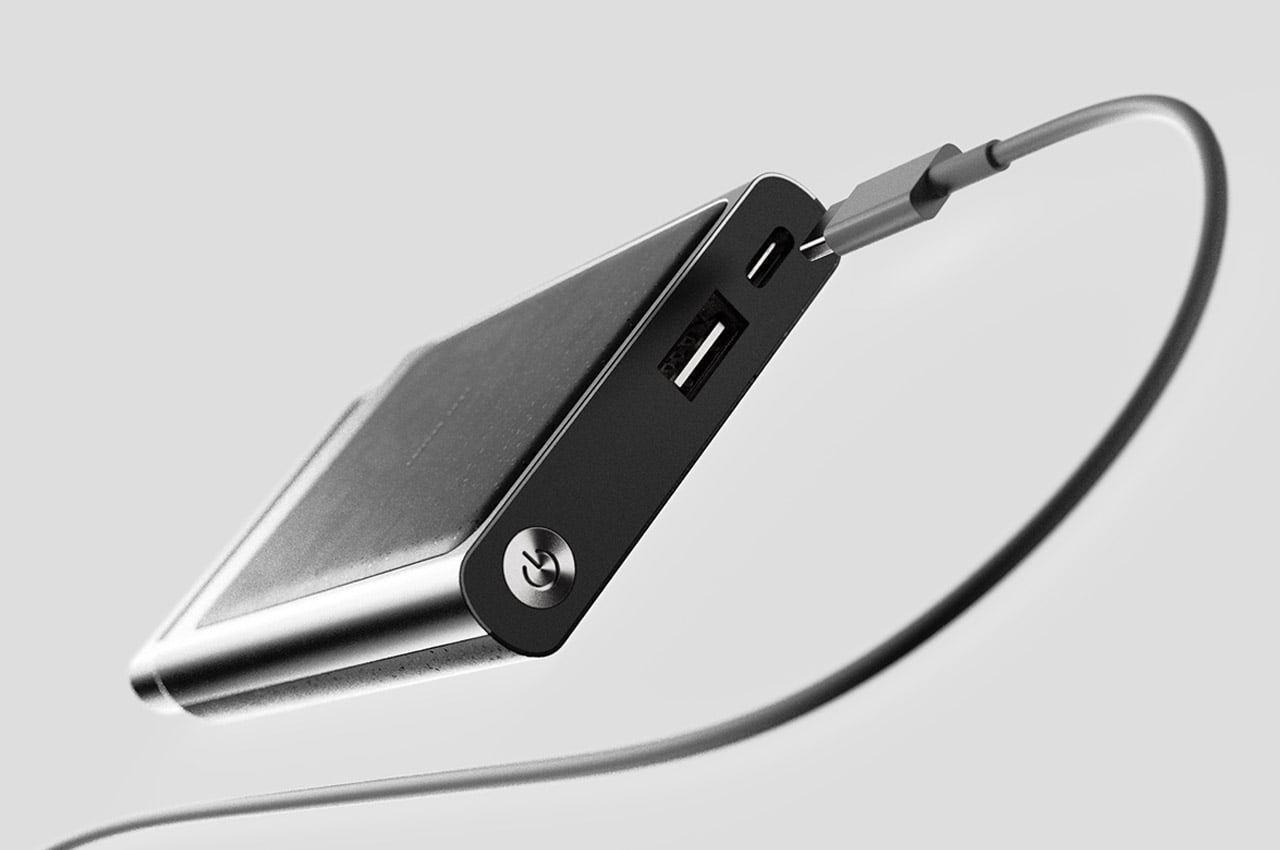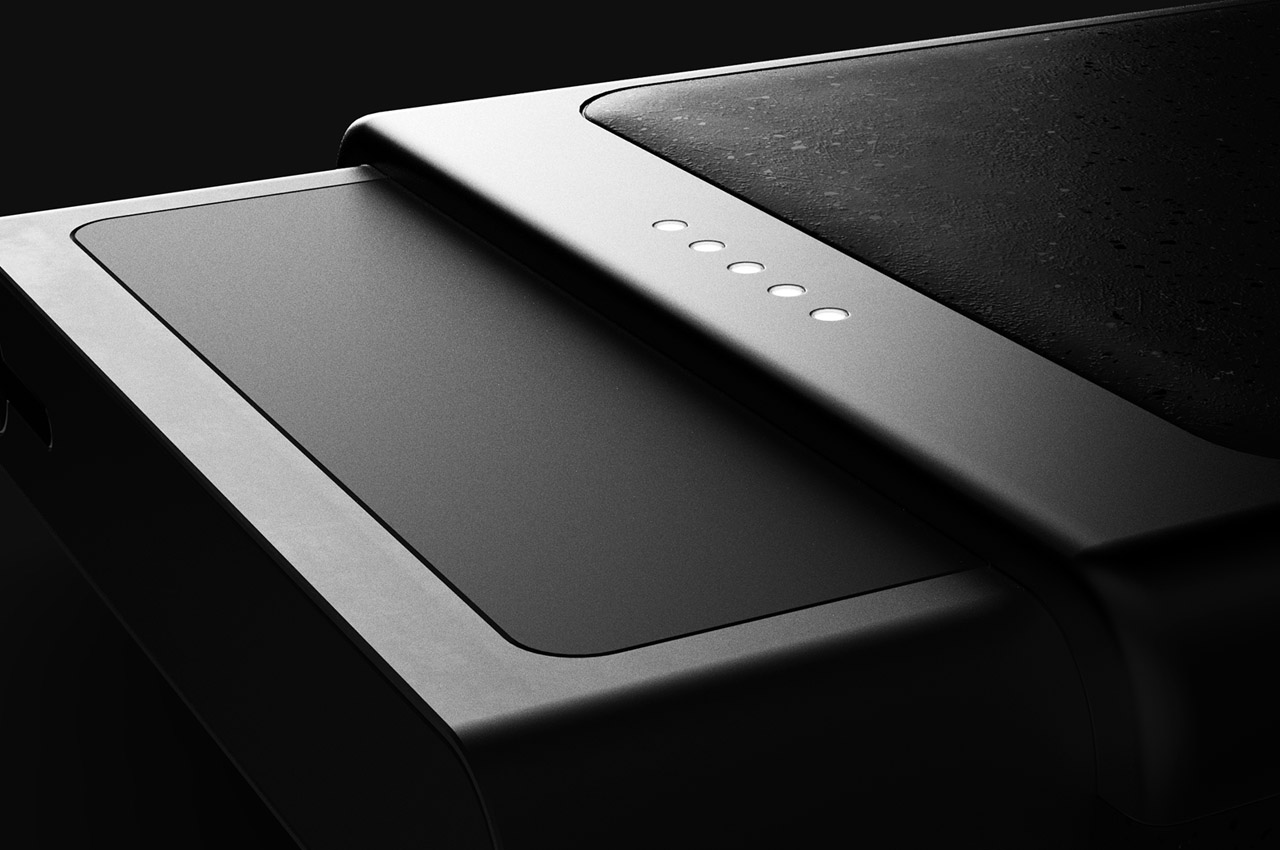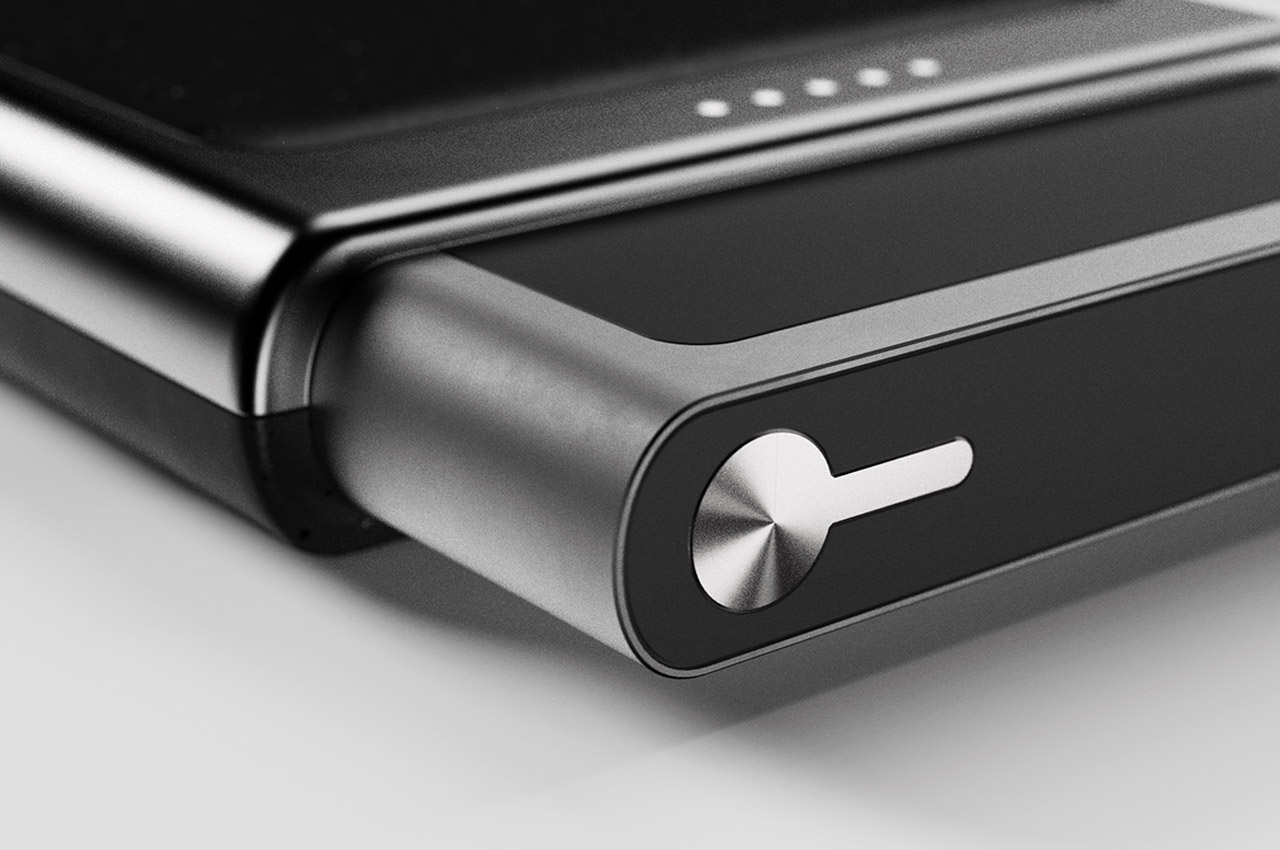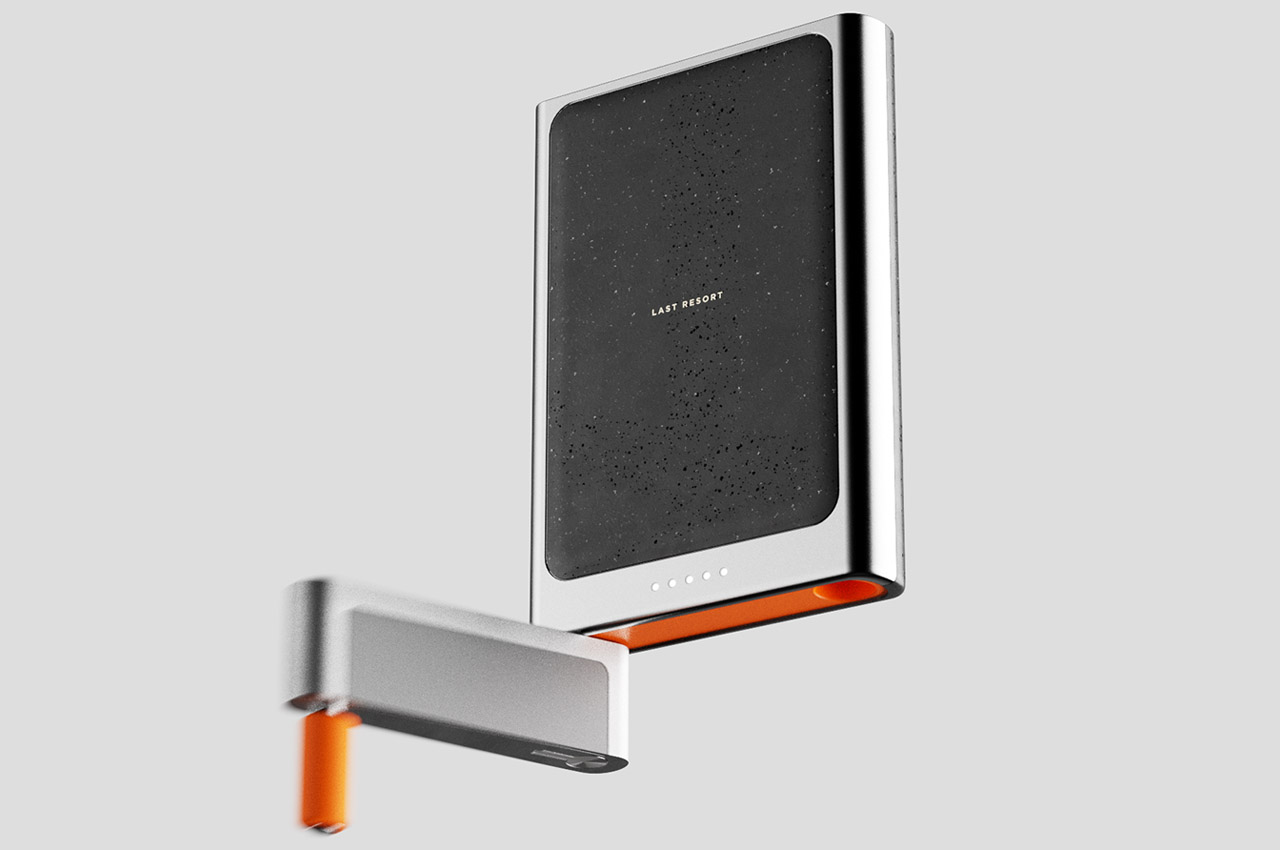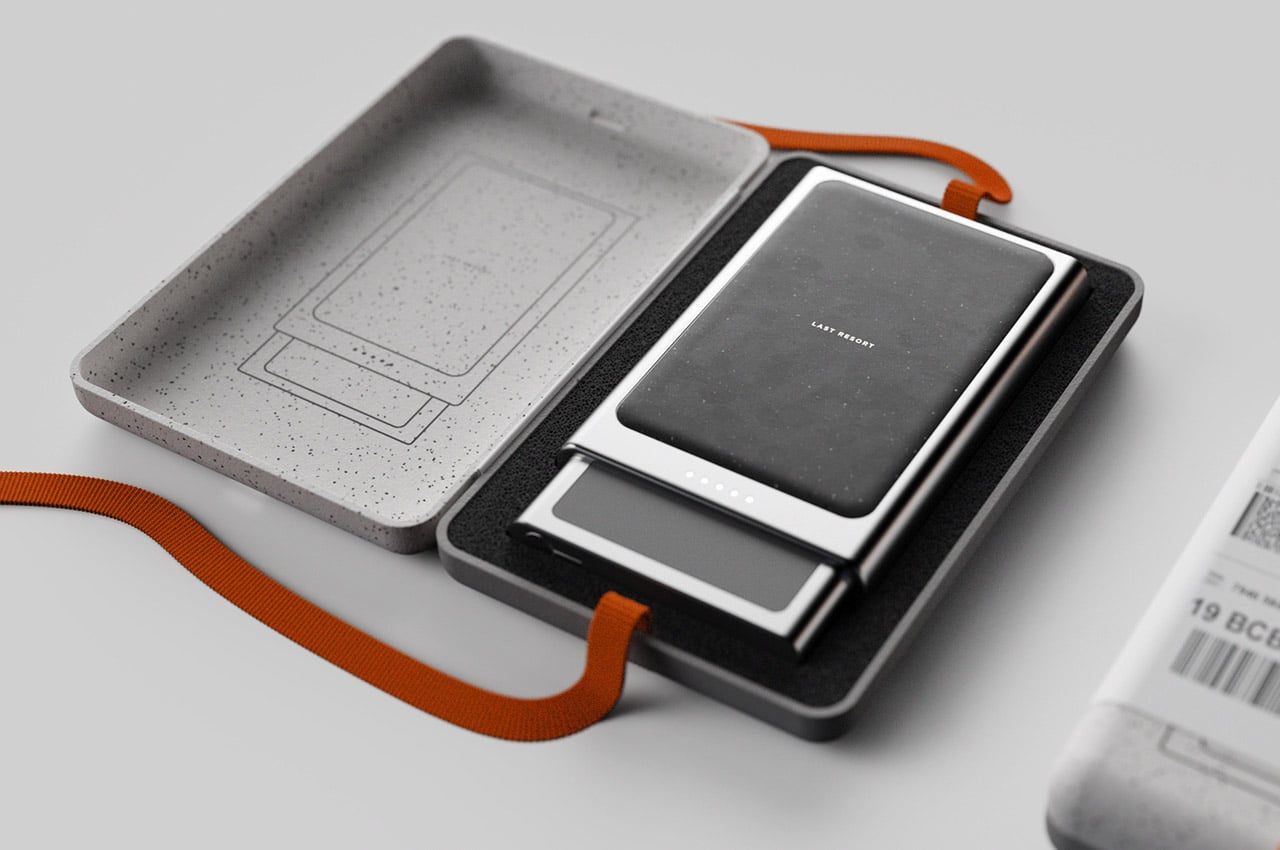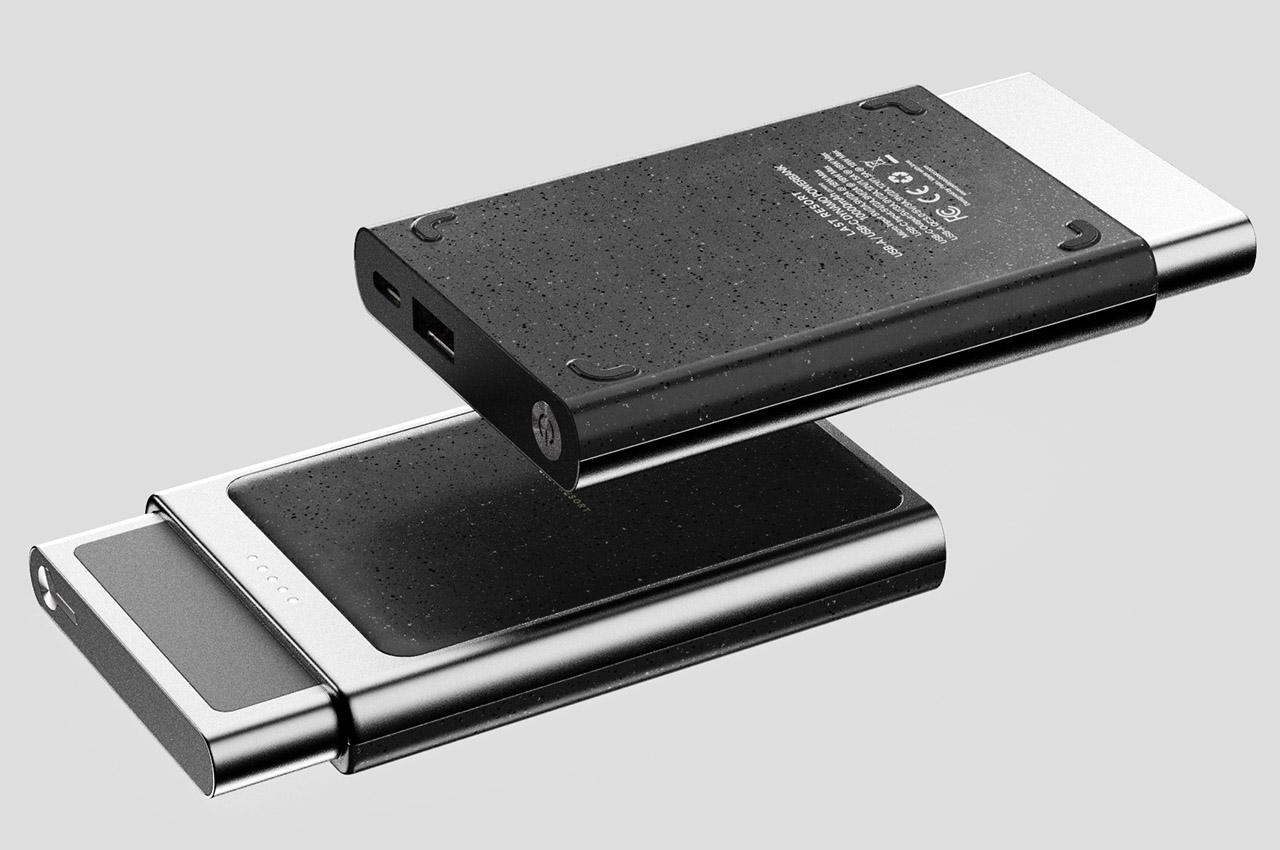Twitter is now pushing more tweets from accounts users don’t already follow into their timelines. The company revealed that it’s now surfacing recommendations to all its users, even people who had successfully avoided them in the past.
“We want to ensure everyone on Twitter sees the best content on the platform, so we’re expanding recommendations to all users, including those who may not have seen them in the past,” the company wrote in a tweet.
It’s not clear how many more recommendations users should expect to see in their "home" timeline, or if Twitter is making recommendations more prominent in other parts of the app as well. In its tweet, the company pointed to a blog post from September, which states that “recommendations can appear in your Home timeline, certain places within the Explore tab, and elsewhere on Twitter.” For now, it seems that recommendations won't appear when viewing the "latest" timeline, which sorts tweets chronologically and has historically not included tweets from accounts that aren't already being followed.
We want to ensure everyone on Twitter sees the best content on the platform, so we’re expanding recommendations to all users, including those who may not have seen them in the past.
— Twitter Support (@TwitterSupport) November 30, 2022
You can learn more about them, and how to best control your experience: https://t.co/ekYWf57JSc
Anecdotally, it seems some users are already reportingnoticeablechanges to their timelines, with the appearance of new topic suggestions and many tweets from seemingly random accounts. In a tweet from its support account, the company told one frustrated user to switch back to the chronological "latest" timeline to avoid the surge of recommended content.
Though the change may feel jarring, it’s not the first time the company has experimented with adding more suggested content. Twitter has been pushing recommendations into various parts of its service for years, though it has sometimes tweaked how often these suggestions appear. In the past, Twitter has also been careful to note that it bars certain types of content from recommendations in order to avoid amplifying potentially harmful or low-quality content, though it’s not entirely clear if that’s still the case. The company no longer has a communications team. The curation team, which was responsible for elevating content throughout Twitter, was also eliminated during the company's mass layoffs.
Interestingly, Twitter’s current CEO, Elon Musk, hasn’t always spoken favorably about the platform’s recommendation algorithms. Back in May, he tweeted that using the app’s “latest” timeline was crucial to “fix” Twitter’s feed. “You are being manipulated by the algorithm in ways you don’t realize,” he said at the time. Musk, who has also spoken about his desire to open source Twitter’s algorithms, hasn’t yet weighed in on the new expansion of recommendations, or how the feature works.
Update 11/30 8:55 PM PT: This story has been updated to reflect that Twitter's support account confirmed recommendations won't appear in the "latest" timeline, which sorts tweets chronologically.
